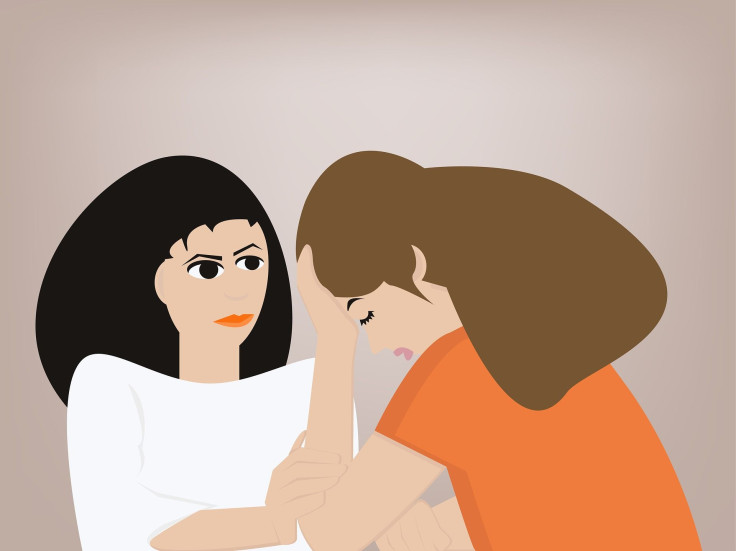Feeling Blue This Season? It Might Be Summer Depression

KEY POINTS
- Seasonal affective disorder can strike in the summer too
- It's not just mood swings, but a serious condition that may require professional help
- Its causes are unclear, but the heat and disruptions to routine may be contributors
Many people may already be aware of the winter blues, wherein one starts to feel down as the days get shorter and colder in the fall and wintertime. But did you know there's also such a thing as summer depression?
People typically associate seasonal affective disorder (SAD) with the winter blues. With the colder, gloomier weather of fall and winter, those affected may feel listless and down for most of the day, and have problems concentrating. Other symptoms include feeling hopeless and worthless, and barely having energy even for things that one used to enjoy doing.
These SAD symptoms tend to go away when the sun brightens once again during spring and summer.
One might think the brilliance of the hotter seasons would liven up people's moods after the cold of fall and winter. After all, summer is when people tend to get together and have fun while the sun is bright and shining.
However, there's also such a thing as summer depression. Also called spring and summer SAD, people with the condition experience the opposite of fall and winter SAD, as their symptoms begin in the spring and summer.
Some symptoms of spring and summer SAD include agitation, insomnia, weight loss and increased irritability.
Exactly what causes SAD is unclear. One of the possible factors behind fall and winter SAD is believed to be the lack of sunlight during those colder seasons, thus affecting one's biological clock. The reduction of vitamin D from sunlight doesn't help either.
But what about spring and summer SAD, when the sun is out and about during these seasons? Some possible explanations include disrupted schedules or routines, the stifling heat, financial woes that stop you from participating in summer activities or even concerns about your appearance in summertime activities.
The result? An experience that goes beyond typical mood swings and changes, in such a way that it already causes significant distress and interference to our daily lives.
Whether you have fall and winter or spring and summer SAD, these conditions aren't mere mood swings. They are serious conditions that can truly affect how people function and it's important to seek help from a professional to cope with the distress.
Some important symptoms to take note of as a sign to go to a professional include changes in sleep and appetite, turning to alcohol to relax and having ideas about suicide. In some cases, summer depression doesn't get resolved even when fall comes and may progress to clinical depression. So, it's important to seek help.
As you go through SAD, you may want to take note of some techniques that have helped you cope through it, too, so that you will know what to do next summer. Some things people may do to cope include maintaining a healthy diet, sleep and exercise, setting a budget for the summer and avoiding isolation.
Remember that you need not suffer in silence. SAD is estimated to affect 4% to 6% of the U.S. population, 10% of whom experience symptoms with the onset of summer. So while it's quite rare, you are certainly not alone.
If you or someone you know is struggling or in crisis, help is available. Call or text 988 or chat 988lifeline.org.
© Copyright IBTimes 2025. All rights reserved.






















